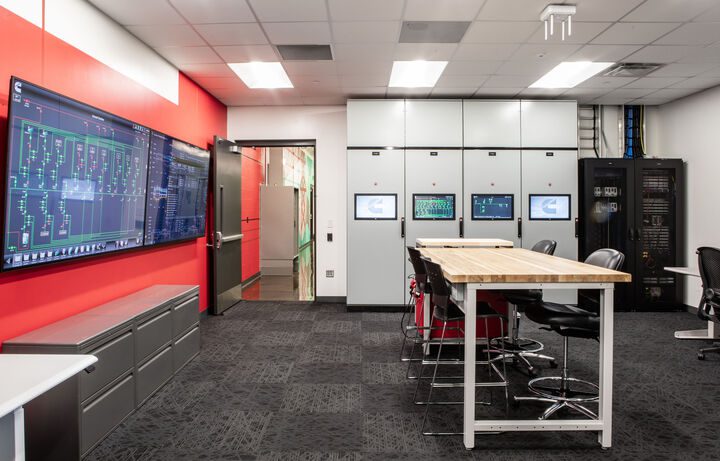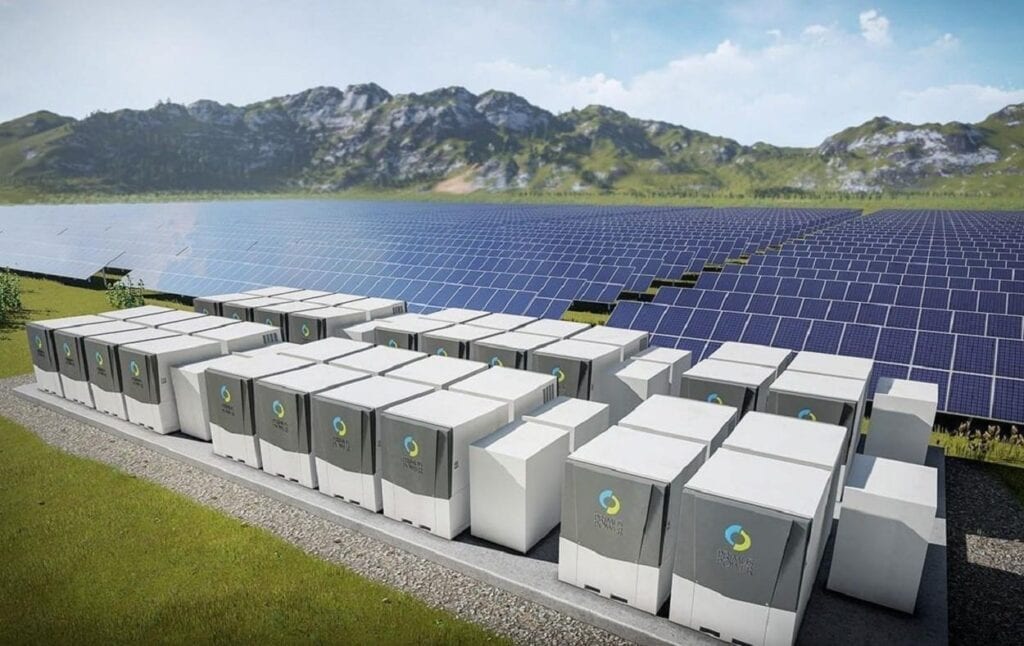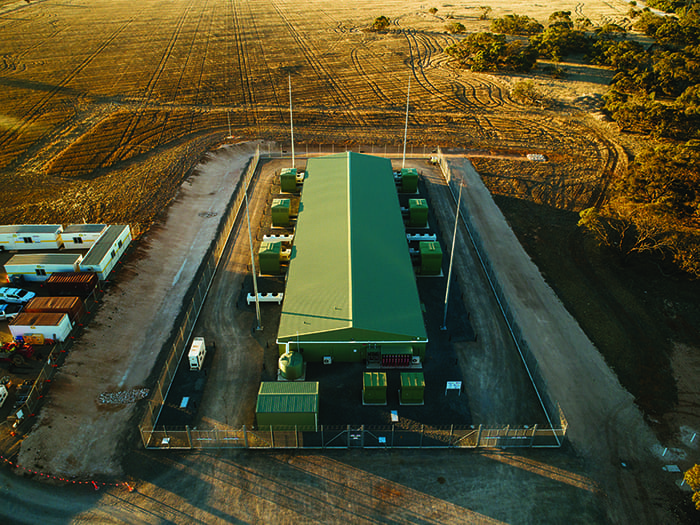Yesterday’s retail tariff is prohibiting the optimal dispatch of cogeneration resources as our grid is transforming with high levels of solar generation and potential overgeneration issues.
An Unintended Consequence of Policy
California has some of the most ambitious energy efficiency and renewable energy goals in the world. Investments in renewable energy and other clean energy technologies have been substantial, and California has established itself as a true leader in the fight against climate change. A clear example is the investment in solar energy. California currently has more than 8 GW of grid-connected solar and more than 5 GW of rooftop photovoltaic solar. California’s continued leadership in renewable energy has yielded climate change benefits but also created some challenges, including the potential for significant overgeneration—that is, more generation than can be integrated reliably into the grid.
The state has been exploring several solutions to overgeneration, including energy storage, facilitating exports through more integrated markets with the rest of the West, and flexible loads that can be increased in overgeneration conditions. While storage is a potential game-changer, the technology is still immature, and it is unclear that it can be deployed cost-effectively in the volumes necessary to really address overgeneration. Integrating markets across the West has raised many vexing market design, jurisdictional, and political issues. Flexible loads, on the other hand, provide a potentially low-cost and easily implementable solution to overgeneration.
A Potential Solution: Cogeneration
One type of potentially flexible load that is often overlooked is load associated with California’s large fleet of cogeneration plants. Cogeneration plants generally use natural gas–fired generation to produce both power and steam for an industrial host, such as a large factory. Most host loads are subject to standby tariffs—when their electrical loads are not served by on-site cogeneration facilities, they pay a retail rate of approximately $100/MWh. This rate generally exceeds prevailing wholesale prices by a wide margin. The structure of standby tariffs encourages host loads to rely on on-site generation even when it is significantly more expensive than power from the wholesale market, for example under overgeneration conditions.
An example is Calpine’s Los Medanos Energy Center (LMEC) in Pittsburg, Calif. The power plant provides power and steam to both the Dow Chemical Co. (Dow) and USS-POSCO Industries (UPI). The electric load of both entities combined rarely exceeds 90 MW, which is smaller than the minimum load at which LMEC can operate (190 MW). Consequently, operating LMEC entails not only serving the Dow and UPI loads but also exporting at least 100 MW to the grid.
The Tariff Problem
Given the standby tariff, even if the wholesale price is zero, and accounting for the cost of liquidating any excess generation beyond what is needed to serve their loads into the market, it is generally less expensive for Dow and UPI to rely on generation from LMEC, rather than meeting their needs from the wholesale market. Consequently, LMEC generally sends power to the grid, regardless of wholesale prices and overgeneration conditions.
If standby tariffs were modified to better reflect wholesale prices and market conditions, cogeneration facilities such as LMEC would be encouraged to decrease generation and effectively increase load under overgeneration conditions. In the case of LMEC, not only might it stop sending excess power to the grid, but it could also draw from the grid to meet host loads, resulting in a swing of 190 MW and allowing excess solar generation that might otherwise be curtailed or exported to other states to be used to support California manufacturing and jobs. This large flexible load is available with essentially no additional capital investment.
More rational rate design could open additional opportunities for cogeneration units to address overgeneration conditions above and beyond replacing the generation from cogeneration facilities with wholesale market purchases when wholesale prices are low. For example, when LMEC is not operating, steam for Dow and UPI is provided from gas-fired auxiliary boilers. These auxiliary boilers could be replaced with electrical auxiliary boilers that could consume significant amounts of grid power under overgeneration conditions. Presumably, similar opportunities exist at other cogeneration facilities meeting substantial steam requirements.
Just as the grid needs a balance of resources to meet demand throughout the day, the overgeneration problem will be solved in many ways. But leveraging existing infrastructure and making some basic rate changes could make a real impact in the overgeneration problem—not in a few years, but today. ■
—Ashley Bernstein is director of origination and development at Calpine Corp.


















